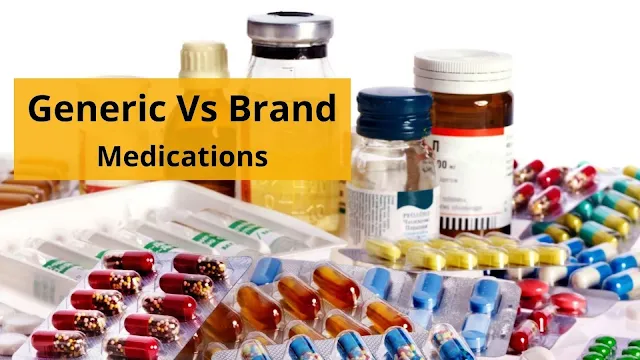“Generic” drugs that make big profits for drug dealers
Over the past 10 years, prices have risen at “jet” speed. Pills and Medicines are no exception. From paracetamol for fever and headache to drugs used to treat cancer and chemotherapy, prices have tripled in the last 10 years.
Due to this, the amount spent by the average Indian on medicine has also increased by two times, according to a study. In India, although communicable diseases are somewhat under control, diseases like diabetes and high blood pressure are increasing day by day.
"India is the capital of diabetics" is becoming a dangerous scenario. This disease requires a lifelong pill or insulin injection. Due to this, people suffering from the disease are forced to spend a part of their income on medicine. Considering all this, the government allowed the manufacture and sale of non-brand name drugs called "generic" drugs so that life-saving drugs and long-term treatment drugs are available at lower prices.
Also, large corporate hospitals are buying and using these drugs in bulk, drug stockists said. Drug companies are said to be paying huge sums of money to doctors to prescribe their drugs which is the reason for the price hike.
Therefore, when doctors prescribe medicine, the demand to write only the name of the medicine and not the “brand name” has also increased among consumers. When asked about this, Tamil Nadu Drug Control Director Rajendran said, "The central government committee is set up to consider banning doctors from prescribing the 'brand name' of drugs in prescriptions. A decision will be taken based on the report of the committee,' he said. Mohan, a stockist from Perampur says, “When Ram Vilas Paswan was the Union Minister of Chemicals, he listed 350 medicines considered essential and took steps to sell them at low prices. Similarly, action should be taken even now,' he said.
Risk of buying medicines: It is dangerous to buy pills and medicines directly from drug stores without a doctor's prescription. Most pharmacists are more likely to give low-quality medicine for their profit rather than quality. Also, drugstores often do not have a qualified person with a pharmacist degree or license to administer medications. The shop assistant dispenses the medicines with his experience. A careless or unknowing change in medication can be dangerous. Similarly, “The medicine mentioned in the doctor's slip is not available. You should not buy a medicine given by a druggist saying, 'This is the same kind of medicine.' He is likely to give a drug of inferior quality, which will earn him a higher commission.














0 Comments